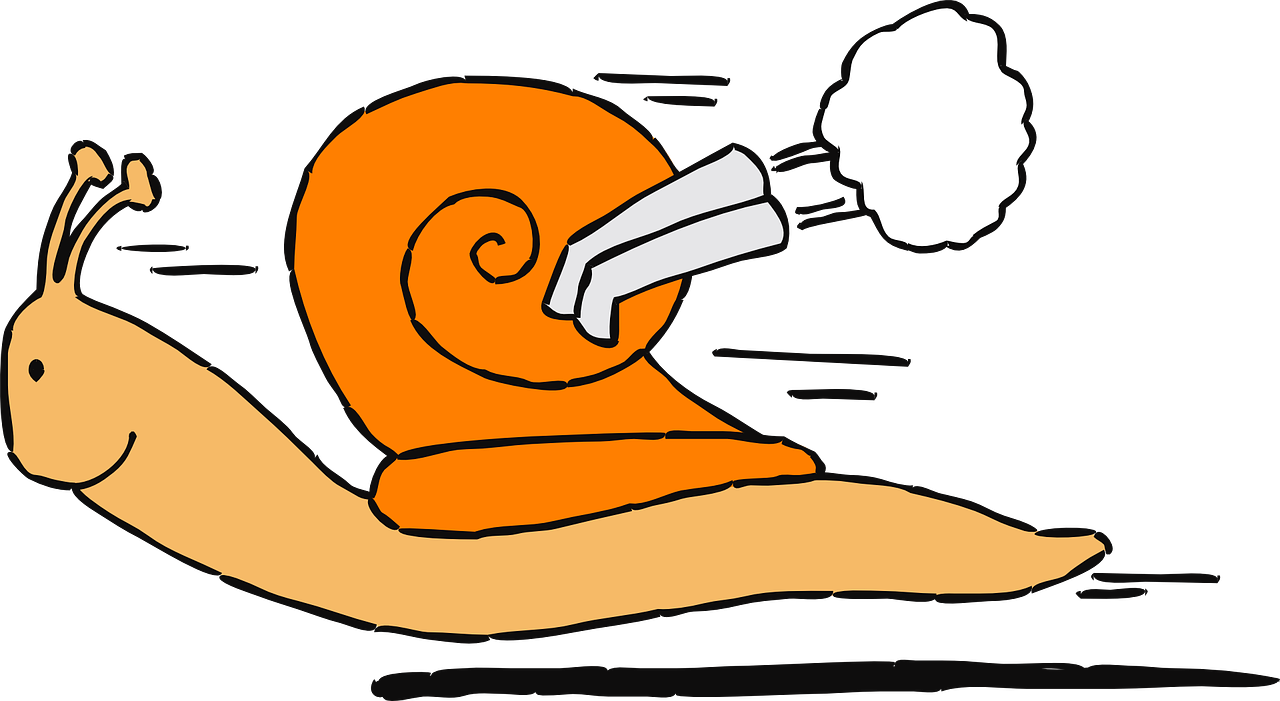Supreme Court Ruling in “Bad Spaniels” Case a Relief for Brand Owners | Sterne, Kessler, Goldstein & Fox P.L.L.C.
Brand owners are hailing as a win the US Supreme Court’s decision rendered on June 8, 2023, in the closely watched Jack Daniel’s Properties Inc. v. VIP Products LLC case. The dispute involved a dog toy made to mimic the Jack Daniel’s liquor bottle, which replaced various branding and trade dress elements with references to dogs. In the course of litigation, VIP conceded that it used the “Bad Spaniels” trademark and trade dress as source identifiers, as it had done with other, similar “parody” products.
This case has been winding its way through the courts for over six years; Jack Daniel’s won on its trademark infringement argument in Arizona federal court in 2017, but the Ninth Circuit overturned the ruling in 2020, finding that the toy was a parody and thus speech protected by the First Amendment. Under the Ninth Circuit’s approach, the court did not even undertake a likelihood of confusion analysis, finding that Bad Spaniels was automatically entitled to protection under the Rogers test, which allows trademarks to be used without permission if used as part of a work that is “artistically expressive” and doesn’t “explicitly mislead” consumers. Traditionally, the Rogers test applied to cases where the trademark is used solely for some expressive function – such as within a film or other creative work, versus used to identify the work’s source. And, the Rogers test usually does not insulate use of trademarks as trademarks from infringement or dilution scrutiny.
Happily for brand owners (and their trademark attorneys), the Supreme Court disagreed with the Ninth Circuit’s expansion of the Rogers analysis, astutely noting that, “On that view, few trademark cases would ever get to the likelihood-of-confusion analysis.” The Court elaborated that when a mark is used as a source identifier, the First Amendment does not demand a threshold inquiry.
That said, the Court was quick to clarify that although VIP’s effort to parody Jack Daniel’s does not justify use of the Rogers test, it may make a difference in the standard likelihood of confusion analysis. The Court remanded the issue to the courts below, noting that beyond source designation, VIP also uses the marks at issue in an effort to “parody” or “make fun” of Jack Daniel’s, which is relevant to the likelihood of confusion analysis, “because consumers are not so likely to think that the maker of a mocked product is itself doing the mocking.”
For brand owners, it is a relief to know that infringing marks are not exempt from an infringement analysis just because they may convey a humorous message.






